Home>diy>Building & Construction>What Is A Construction Submittal


Building & Construction
What Is A Construction Submittal
Modified: January 6, 2024
Learn what a construction submittal is in the process of building-construction. Understand its importance and requirements.
(Many of the links in this article redirect to a specific reviewed product. Your purchase of these products through affiliate links helps to generate commission for Storables.com, at no extra cost. Learn more)
Introduction
Welcome to the world of construction submittals – a vital component of the building construction process. In this article, we will explore what construction submittals are, their purpose, the process involved, the documentation required, and their importance in ensuring quality and compliance in construction projects.
Construction submittals play a crucial role in the successful execution of construction projects. They involve the submission of documents, samples, and other relevant materials to the project owner or the design team for review and approval. These submittals provide the necessary information for evaluating the proposed products, materials, and equipment to be used in the construction project.
Throughout the construction process, various parties, such as architects, engineers, general contractors, and subcontractors, collaborate to bring a development from the planning stage to the final completion. Construction submittals act as a means of communication between these stakeholders, ensuring everyone is on the same page regarding the specifications, standards, and requirements for the project.
By adhering to the construction submittal process, construction professionals can proactively address any conflicts, ensure compliance with regulations and industry standards, and minimize delays or rework that may arise during the construction phase. This article aims to provide a comprehensive understanding of construction submittals, their significance, and the steps involved in the submittal process.
So, let’s dive into the world of construction submittals and discover why they are an essential aspect of the building construction process.
Key Takeaways:
- Construction submittals are crucial for ensuring quality, compliance, and coordination in construction projects. They facilitate thorough review and approval of proposed components, mitigating risks and promoting successful project outcomes.
- Effective communication and collaboration among stakeholders are essential for overcoming common challenges in construction submittals. Proactive planning and clear documentation contribute to a seamless submittal process, minimizing delays and ensuring compliance.
Read more: What Is Construction
Definition of Construction Submittal
A construction submittal refers to the process of submitting documents, samples, and other materials to the project owner, design team, or other relevant parties for review and approval. These submittals typically include detailed information about the proposed products, materials, equipment, or systems that will be used in a construction project.
Construction submittals serve as a means of communication between various stakeholders involved in the construction process. They provide a comprehensive understanding of the materials, products, and systems being proposed, allowing the project team to assess their compliance with project specifications, industry standards, and local regulations.
In simpler terms, a construction submittal is a formal way for contractors, suppliers, and subcontractors to present their intended products and materials for approval by the project owner or design team. It facilitates a systematic review of the proposed components of a construction project to ensure they meet the required quality, functionality, and safety standards.
Construction submittals may include a wide range of documents and samples, such as architectural drawings, engineering calculations, product data sheets, material samples, test reports, certifications, and installation instructions. These documents provide the necessary information for evaluating the suitability, compatibility, and performance of the proposed components in the project.
It is important to note that construction submittals are not limited to new construction projects. They are also common in renovation or remodeling projects, where existing components may need to be replaced or upgraded. In such cases, the submittal process ensures that the proposed changes align with the project requirements and do not compromise the structural integrity or functionality of the building.
Overall, construction submittals serve as a critical step in the construction process, allowing project teams to review and approve the proposed products, materials, and equipment before they are incorporated into the project. It helps ensure that the final construction meets the desired standards, specifications, and regulatory requirements.
Purpose of Construction Submittals
The purpose of construction submittals is multifold, encompassing various objectives that contribute to the successful completion of a construction project. Let’s delve into the key purposes of construction submittals:
- Ensuring Compliance: Construction submittals allow project teams to verify whether the proposed products, materials, and equipment meet the required standards, specifications, and regulatory codes. By carefully reviewing and approving these submittals, the project team can ensure that the construction project aligns with all applicable guidelines and requirements.
- Evaluating Quality: Construction submittals enable the project team to assess the quality and reliability of the proposed components. By reviewing supporting documents, such as product data sheets, test reports, and certifications, the team can verify the performance, durability, and safety characteristics of the materials and products being considered.
- Conflict Resolution: Construction submittals provide an opportunity for the design team and the construction team to identify and resolve potential conflicts or discrepancies in the project specifications. Through the submittal review process, any conflicts can be addressed early on, preventing costly rework or delays during construction.
- Coordination and Communication: Construction submittals serve as a means of communication and coordination among various stakeholders involved in the project. By submitting detailed information about the proposed components, the team can ensure that all parties have a clear understanding of the materials, products, and equipment to be used. This helps avoid misunderstandings and facilitates effective collaboration.
- Documentation: Construction submittals create a comprehensive record of the materials, products, and equipment approved for use in the construction project. This documentation serves as a reference for future maintenance, repairs, or renovations, ensuring that any interventions adhere to the original project specifications.
Overall, construction submittals play a crucial role in ensuring that the construction project proceeds smoothly and meets the required standards of quality, compliance, and functionality. They promote coordination, communication, and accountability among all stakeholders, contributing to the overall success of the construction endeavor.
Construction Submittal Process
The construction submittal process involves several steps and interactions between the project team, design professionals, and suppliers. While the specific process may vary depending on the project’s complexity and scope, here is a general overview of the construction submittal process:
- Identification of Submittal Requirements: The project team, including the design professionals and specifications writers, determines the specific submittal requirements for the project. This includes identifying the types of documents, samples, and supporting materials that need to be submitted for review and approval.
- Preparation of Submittal Package: The contractor, supplier, or subcontractor responsible for the submittal compiles the required documents, samples, and supporting materials into a comprehensive submittal package. This typically includes product data sheets, material samples, certifications, test reports, and any other relevant information specified by the project team.
- Submission of Submittal Package: The submittal package is then submitted to the designated party or parties, such as the project owner, design team, or construction management team. This can be done physically, through documentation delivery, or electronically, through a submittal management software or email.
- Review and Evaluation: The designated party, often the design team or a submittal reviewer, thoroughly reviews the submitted package. This involves evaluating the compliance of the proposed materials, products, and equipment with the project’s specifications, industry standards, and local regulations.
- Response and Action: Based on the review, the designated party provides a response to the submittal. This can include comments, requests for additional information or samples, or approval of the submittal package. The contractor or supplier then takes appropriate action in response to the feedback received.
- Re-Submission and Re-Review (if necessary): In some cases, the submittal may require revisions or additional information. The contractor or supplier addresses the comments or requests for clarification and resubmits the updated package for re-review.
- Approval and Implementation: Once the submittal is approved, the materials, products, or equipment specified in the submittal package can be procured and incorporated into the construction project. The approved submittal documentation serves as a reference for the parties involved throughout the project’s lifecycle.
The construction submittal process involves clear communication, collaboration, and timely response between the project team and the submittal reviewers. It ensures that the proposed components meet the required standards and specifications, helping to maintain quality, compliance, and efficiency throughout the construction project.
Documentation Required for Construction Submittals
Construction submittals require the submission of various documents, samples, and supporting materials to provide comprehensive information about the proposed components. The specific documentation requirements may vary depending on the project’s scope, specifications, and industry standards. However, here are some common types of documentation typically required for construction submittals:
- Product Data Sheets: These sheets provide detailed information about the products or materials being proposed, such as specifications, dimensions, performance characteristics, installation instructions, and maintenance requirements. Product data sheets help the reviewing party assess the suitability and compatibility of the proposed components.
- Material Samples: Physical samples of the materials, such as flooring, wall finishes, door hardware, or lighting fixtures, may be required to evaluate their appearance, texture, color, and overall quality. Material samples help the project team visualize how the proposed components will look and feel in the final construction.
- Test Reports and Certifications: Test reports and certifications provide evidence of the performance, safety, and compliance of the proposed products or materials. These documents demonstrate that the components have undergone rigorous testing by independent laboratories and meet the relevant industry standards or regulatory requirements.
- Shop Drawings: Shop drawings show detailed dimensions, installation methods, and other specifications to assist in the proper implementation of complex components, such as structural steel, mechanical systems, or custom-made fixtures. These drawings help ensure that the proposed components fit within the project’s constraints and meet the design intent.
- Calculations and Engineering Reports: For structural elements, mechanical systems, or specialized equipment, calculations and engineering reports may be necessary. These documents demonstrate the integrity, load-bearing capacity, and performance of the proposed components, as verified by professional engineers.
- Installation Instructions: Clear and comprehensive installation instructions are vital to ensure that the proposed components are installed correctly and function as intended. These instructions include step-by-step procedures, diagrams, and any special considerations or precautions that need to be taken during the installation process.
- Warranty Information: Warranty information provides assurance to the project owner that the proposed products or materials are backed by the manufacturer or supplier in terms of quality, performance, and durability. This documentation outlines the warranty coverage, duration, and any conditions or limitations that apply.
It is essential for contractors, suppliers, and subcontractors to carefully review the project’s specifications and requirements to determine the specific documentation needed for each submittal. Adhering to the documentation requirements ensures that the reviewing parties have all the necessary information to make informed decisions and approve the proposed components.
A construction submittal is a formal document that outlines the details of materials, equipment, and processes to be used in a construction project. It is important to carefully review and approve all submittals to ensure they meet project requirements and specifications.
Read more: What Is Retrofit In Construction
Importance of Construction Submittals
Construction submittals play a crucial role in ensuring the successful execution of construction projects. Let’s explore the importance of construction submittals and why they are integral to the construction process:
- Quality Assurance: Construction submittals enable project teams to evaluate the proposed materials, products, and equipment for their quality, performance, and compliance with industry standards. By reviewing and approving submittals, the project team ensures that only high-quality components are used, contributing to the overall quality and longevity of the construction project.
- Compliance with Specifications: Construction submittals help ensure that the proposed components align with the project’s specifications, design intent, and regulatory requirements. Through careful review, the project team can verify that the proposed materials and equipment meet the required standards and conform to local building codes, ensuring a safe and compliant construction project.
- Conflict Resolution: The submittal review process allows for early identification and resolution of potential conflicts or discrepancies in the project’s specifications. By addressing these issues during the submittal stage, the project team can prevent costly rework, delays, and conflicts during the construction phase, leading to smoother project execution.
- Coordination among Stakeholders: Construction submittals serve as a means of communication and coordination among various stakeholders involved in the construction process. By providing clear and detailed information about the proposed components, submittals ensure that all parties are on the same page, reducing misunderstandings, enhancing collaboration, and facilitating a seamless construction process.
- Risk Mitigation: Submittal reviews help mitigate risks associated with using substandard or incompatible materials and equipment. By verifying the proposed components’ performance, durability, and safety characteristics, the project team can minimize potential risks, such as structural failures, equipment malfunctions, or non-compliance with regulations, safeguarding both the construction project and its occupants.
- Documentation and Record-Keeping: The submittal process generates a comprehensive record of the approved materials, products, and equipment for the construction project. This documentation serves as a reference for future maintenance, repairs, or renovations, ensuring that any interventions adhere to the original project specifications and maintain the project’s integrity.
Overall, construction submittals are essential for ensuring quality, compliance, coordination, and risk management in construction projects. By diligently reviewing and approving submittals, project teams can enhance project outcomes, minimize rework, delays, and conflicts, and deliver high-quality, safe, and compliant construction projects.
Review and Approval of Construction Submittals
The review and approval process of construction submittals is a critical step in ensuring that the proposed components align with the project’s specifications, industry standards, and regulatory requirements. Let’s take a closer look at the key aspects of the review and approval process:
- Designated Reviewers: The project team designates individuals or entities responsible for reviewing the submittals. This typically includes design professionals, architects, engineers, or specialized consultants with expertise in the specific area being reviewed. The reviewers thoroughly examine the submittal package to evaluate its compliance and suitability.
- Comprehensive Evaluation: The designated reviewers comprehensively evaluate the submittal package, taking into account the project’s specifications, standards, and regulatory requirements. They compare the proposed materials, products, and equipment against the specified criteria, ensuring that they meet the necessary quality, performance, and safety standards.
- Coordination with Other Disciplines: During the submittal review process, the reviewers may need to coordinate with other disciplines, such as electrical, mechanical, or structural engineers. This collaboration ensures a holistic review of the proposed components and verifies their compatibility and integration with other aspects of the construction project.
- Feedback and Comments: The reviewers provide feedback and comments on the submittal package. This includes pointing out any discrepancies, requesting additional information or clarifications, or suggesting modifications to align the submittal with the project’s requirements. The feedback is communicated to the contractor, supplier, or subcontractor responsible for the submittal.
- Revisions and Resubmission: If the reviewers identify any issues or modifications required, the contractor or supplier makes the necessary revisions and resubmits the updated submittal package. This iterative process continues until the reviewers are satisfied with the compliance, functionality, and adequacy of the proposed components.
- Approval or Rejection: Upon thorough review and evaluation, the reviewers either approve or reject the submittal package. If approved, the components can be procured and implemented in the construction project. If rejected, the contractor or supplier must address the reviewers’ concerns and make the necessary revisions before resubmitting the package for further review.
- Documentation and Record-Keeping: Throughout the review and approval process, detailed documentation is maintained, including the review comments, responses, revisions, and the final approval status of each submittal. This documentation serves as a record of the decisions made and provides transparency and accountability for all parties involved.
The review and approval of construction submittals ensure that the proposed components meet the desired standards, specifications, and regulatory requirements. By carefully evaluating the submittal packages and providing feedback, the designated reviewers contribute to the overall success of the construction project by maintaining quality, compliance, and functionality from the initial stages to the final completion.
Common Challenges in Construction Submittals
Construction submittals play a crucial role in the successful execution of construction projects. However, several challenges can arise during the submittal process. Understanding and addressing these challenges is vital for maintaining project momentum and ensuring effective communication and collaboration among all stakeholders. Let’s explore some of the common challenges faced in construction submittals:
- Timeliness: One of the primary challenges in construction submittals is ensuring that the submittal packages are submitted and reviewed in a timely manner. Delays in submittals can disrupt the construction schedule and potentially lead to project delays. Coordination and clear communication among the project team and stakeholders are essential to meet the submittal deadlines.
- Missing or Incomplete Information: Inadequate or missing information in submittal packages can hinder the review process. Proper documentation, including complete product data sheets, test reports, and certifications, must be provided to allow thorough evaluation and ensure compliance. Contractors, suppliers, and subcontractors should diligently gather and submit all required information to avoid rework or resubmissions.
- Conflicting Specifications or Standards: Conflicting specifications or standards can arise when different parties involved in the project have varying requirements or interpretations. It is crucial to identify and address these conflicts early on to avoid delays, misunderstandings, and potential disputes. Close collaboration and effective communication among all stakeholders are essential for resolving conflicting specifications.
- Design Modifications: In construction projects, design modifications can often impact the submittal process. Changes in design may require revisiting and revising previously approved submittals, potentially causing delays and additional coordination efforts. It is important for the project team to communicate design changes promptly to suppliers and subcontractors to prevent inconsistencies.
- Communication and Coordination: Effective communication and coordination among project team members and stakeholders are essential for successful submittals. Poor communication or lack of coordination can lead to misunderstandings, delays, or discrepancies in the submittal process. Regular meetings, clear instructions, and a centralized submittal management system can help streamline communication and foster collaboration.
- Limited Supplier Options: In some cases, limited options for suppliers or specialized components can pose challenges in finding suitable alternatives that meet project requirements. Contractors and project teams should thoroughly research and identify reliable suppliers early on to ensure a smooth submittal process and avoid potential delays caused by limited options.
- Compliance and Regulatory Issues: Strict compliance with regulations, building codes, and industry standards is paramount in construction submittals. Accurate interpretation and adherence to these requirements can pose challenges, especially when dealing with complex materials or equipment. Engagement with knowledgeable professionals and thorough research can help ensure compliance and avoid non-conformance issues.
Overcoming these common challenges requires proactive planning, open communication, and a collaborative approach. By addressing these challenges effectively, project teams can streamline the submittal process, minimize delays, and ensure that the proposed components meet the necessary standards, regulations, and project requirements.
Role of Various Stakeholders in the Construction Submittal Process
The construction submittal process involves multiple stakeholders who play distinct roles in ensuring the successful review and approval of submittal packages. Each stakeholder contributes their expertise and responsibilities to the overall submittal process. Let’s explore the roles of these key stakeholders:
- Contractor: The contractor is responsible for managing the overall construction process and coordinating with various subcontractors and suppliers. The contractor is typically responsible for compiling and submitting the submittal packages to the design team or project owner for review. They ensure that the submittal packages contain all the required documentation and meet the project’s specifications and requirements.
- Design Team: The design team, including architects, engineers, and other design professionals, is responsible for creating the project’s design, specifications, and standards. They establish the criteria against which the proposed components will be evaluated during the submittal review process. The design team reviews the submittal packages to ensure they align with the project’s design intent, comply with regulations, and meet the specified standards.
- Project Owner: The project owner is the entity or individual financing and overseeing the construction project. They may review and approve submittal packages to ensure that the proposed components meet their expectations and align with the project’s objectives. The project owner may also coordinate with the design team and other stakeholders to address any concerns or preferences regarding the submittals.
- Subcontractors: Subcontractors are hired by the contractor to carry out specific tasks or provide specialized services. They may be responsible for preparing and submitting submittal packages related to their respective trade or scope of work. Subcontractors collaborate closely with the contractor and provide accurate and complete documentation for review. They play a crucial role in ensuring that the proposed components align with the project’s specifications and meet the necessary standards.
- Suppliers: Suppliers provide the materials, products, and equipment specified in the submittal packages. They are responsible for delivering high-quality components that meet the required specifications and regulatory standards. Suppliers work closely with the contractor and subcontractors to ensure that the submittal packages include accurate technical information, product data sheets, certification documents, and samples. They play a key role in supporting the submittal review process.
- Independent Reviewers: In some cases, independent reviewers may be involved in the submittal process. These reviewers are typically third-party experts who assess the submittal packages impartially to ensure compliance, quality, and functionality. Independent reviewers offer an unbiased evaluation of the proposed components, providing an additional layer of expertise and assurance to the submittal review process.
Effective communication, collaboration, and coordination among these stakeholders are essential for a seamless and efficient construction submittal process. Each stakeholder contributes their knowledge, expertise, and responsibilities to ensure that the proposed components meet the required standards, regulations, and project specifications.
Read more: What Is Stucco In Construction
Conclusion
The construction submittal process is a vital component of the building construction industry. It serves as a means of communication and coordination among various stakeholders, ensuring that the proposed materials, products, and equipment align with project specifications, industry standards, and regulatory requirements. Throughout this article, we have explored the definition of construction submittals, their purpose, the submittal process, required documentation, the importance of submittals, the review and approval process, common challenges, and the roles of different stakeholders.
Construction submittals are essential for maintaining quality, compliance, and functionality within construction projects. They enable project teams to assess the suitability, performance, and regulatory compliance of proposed components, addressing potential conflicts and ensuring coordination among all parties involved. By carefully reviewing and approving submittals, project teams can mitigate risks, streamline the construction process, and deliver successful construction projects.
However, the construction submittal process is not without its challenges. Timeliness, missing or incomplete information, conflicting specifications, design modifications, communication issues, limited supplier options, and compliance concerns can all pose obstacles during submittal reviews. It is crucial for stakeholders to address these challenges through proactive planning, effective communication, and collaboration to mitigate potential delays and ensure the submittal process runs smoothly.
The successful execution of construction submittals relies on the collective efforts of contractors, design teams, project owners, subcontractors, suppliers, and independent reviewers. Each stakeholder plays a distinct role in ensuring the accuracy, compliance, and quality of the proposed components. By working together, these stakeholders can facilitate a seamless submittal process, minimize potential conflicts or delays, and ultimately contribute to the successful completion of construction projects.
In conclusion, construction submittals are an integral part of the building construction process. They provide a means for evaluating, approving, and documenting the proposed materials, products, and equipment to ensure that construction projects meet the required standards and specifications. By prioritizing effective communication, collaborative efforts, and proactive problem-solving, construction professionals can navigate the challenges of construction submittals and achieve successful project outcomes.
Frequently Asked Questions about What Is A Construction Submittal
Was this page helpful?
At Storables.com, we guarantee accurate and reliable information. Our content, validated by Expert Board Contributors, is crafted following stringent Editorial Policies. We're committed to providing you with well-researched, expert-backed insights for all your informational needs.
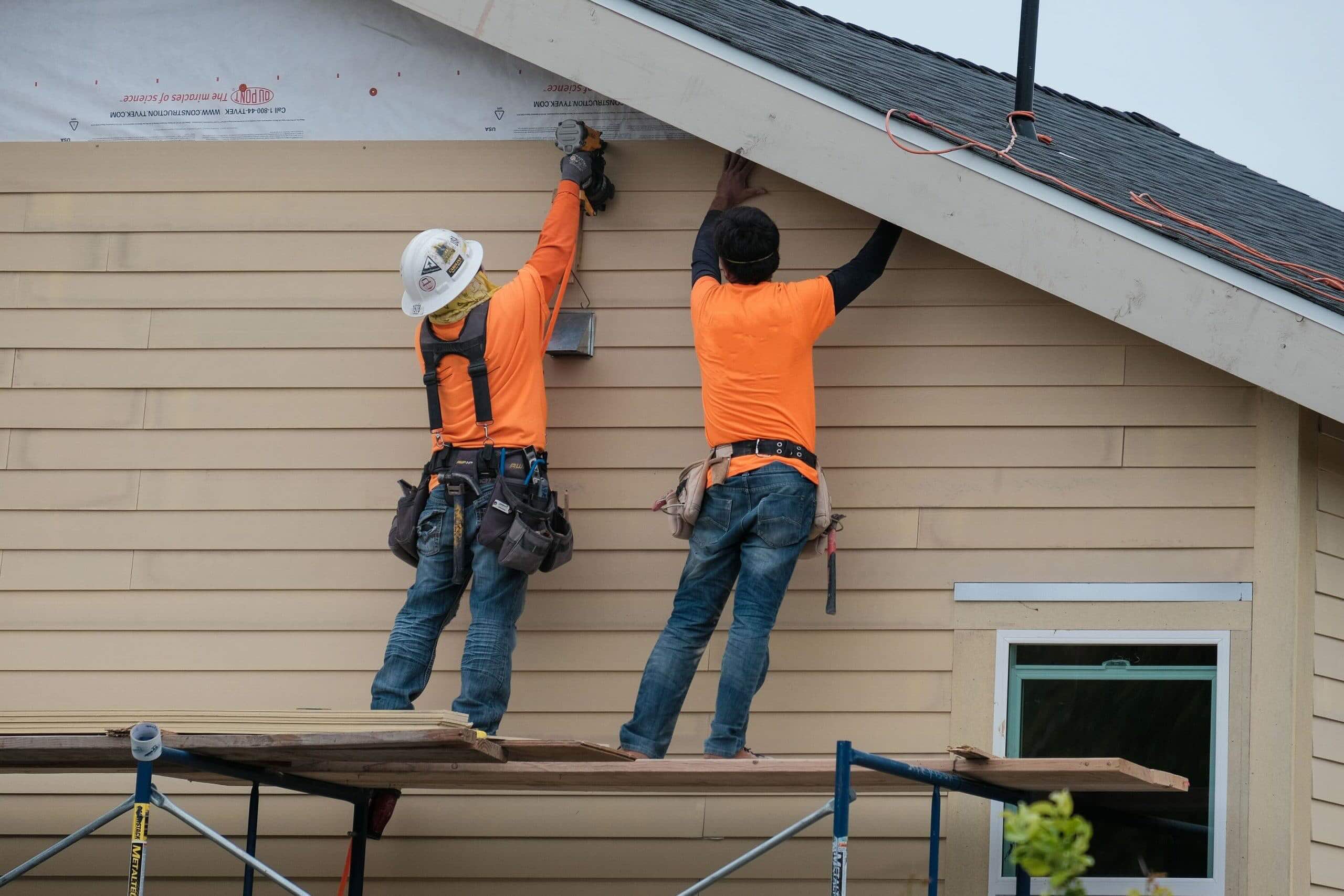
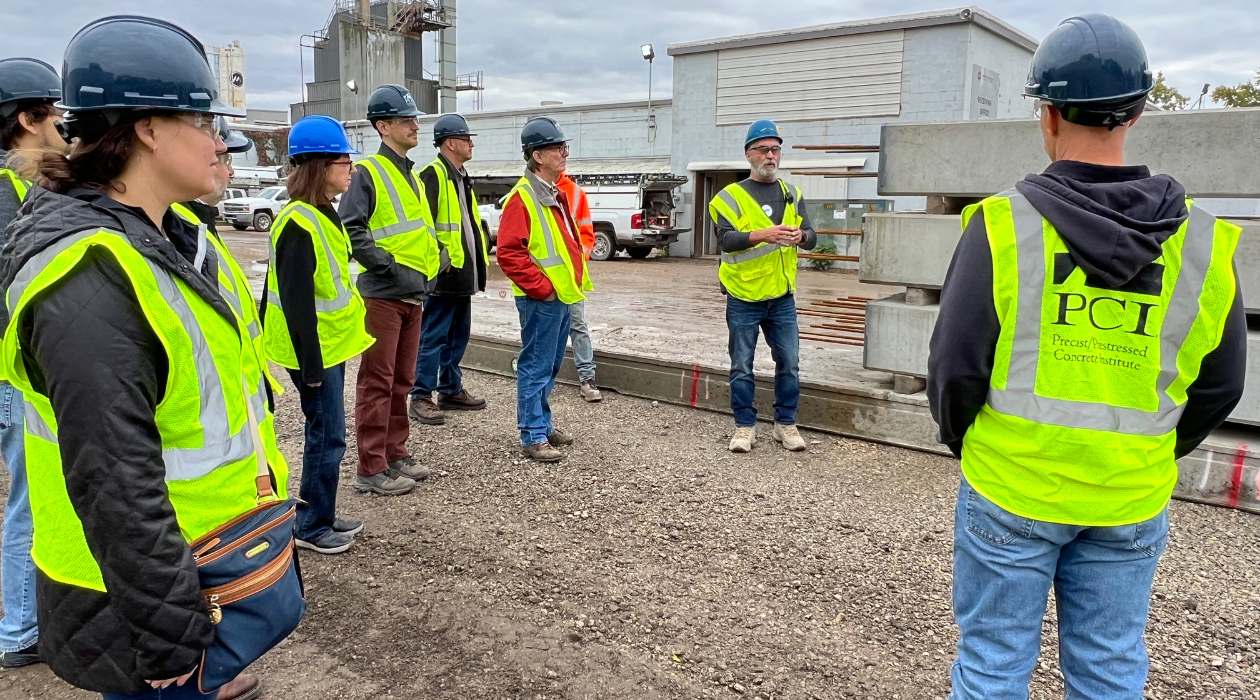
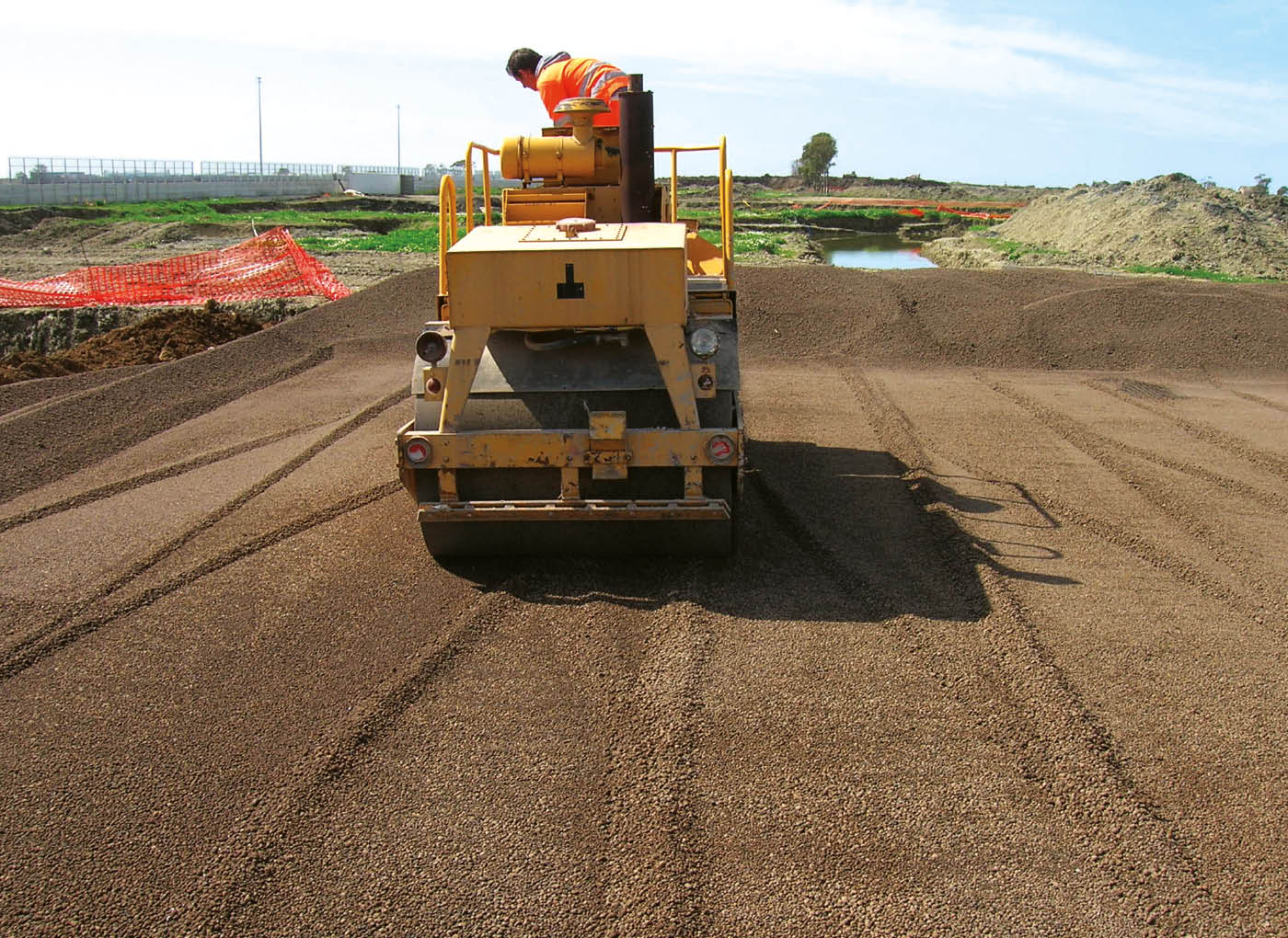

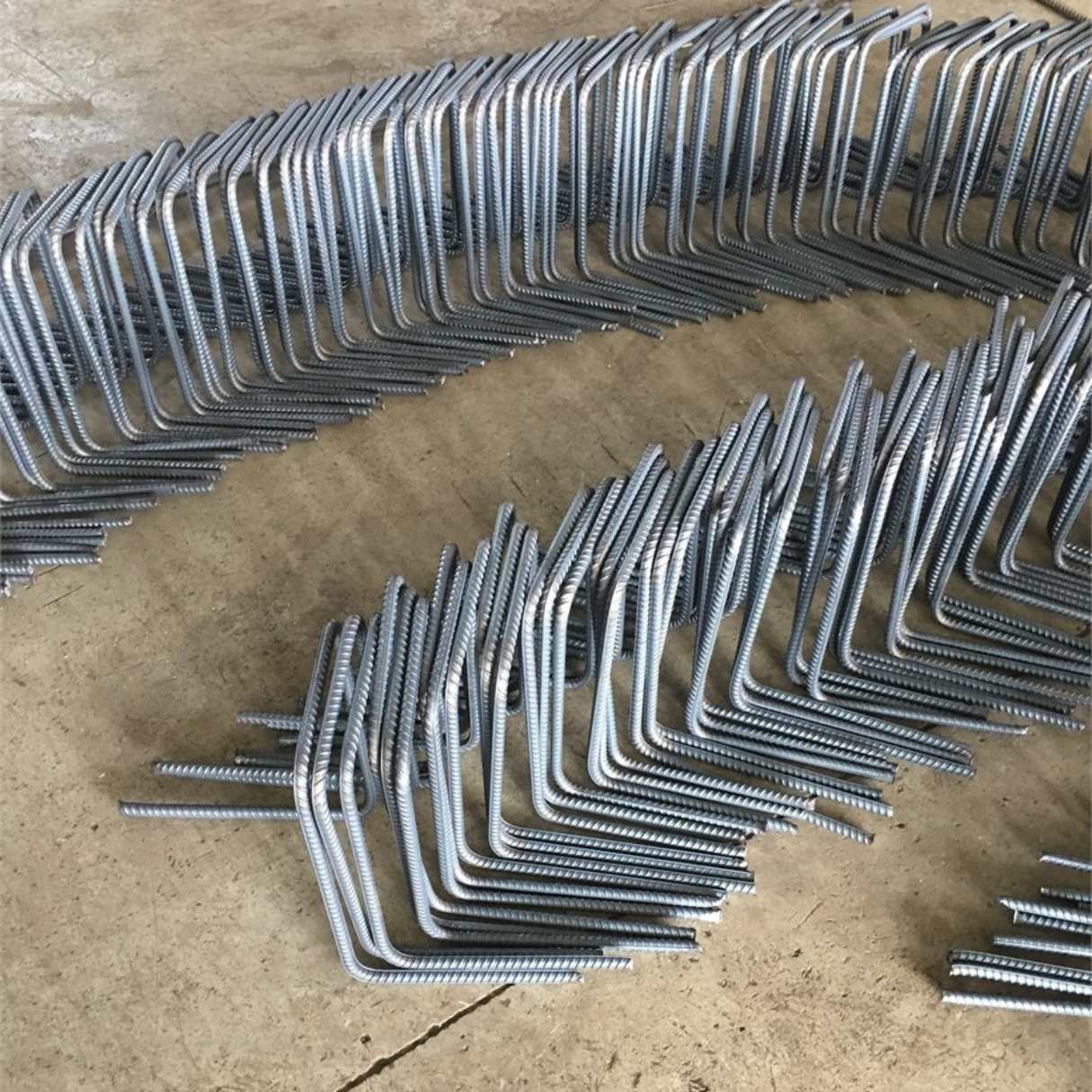
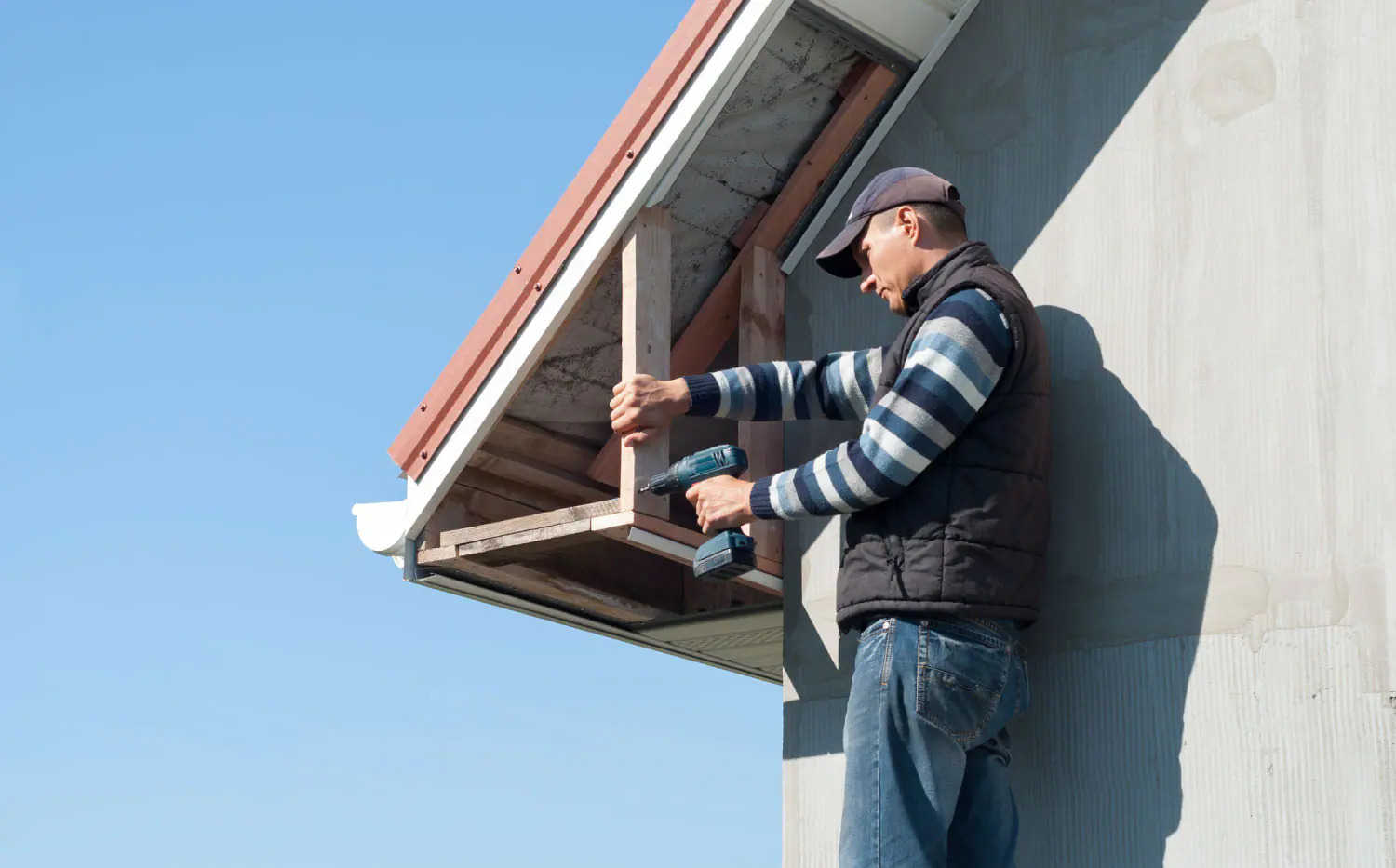
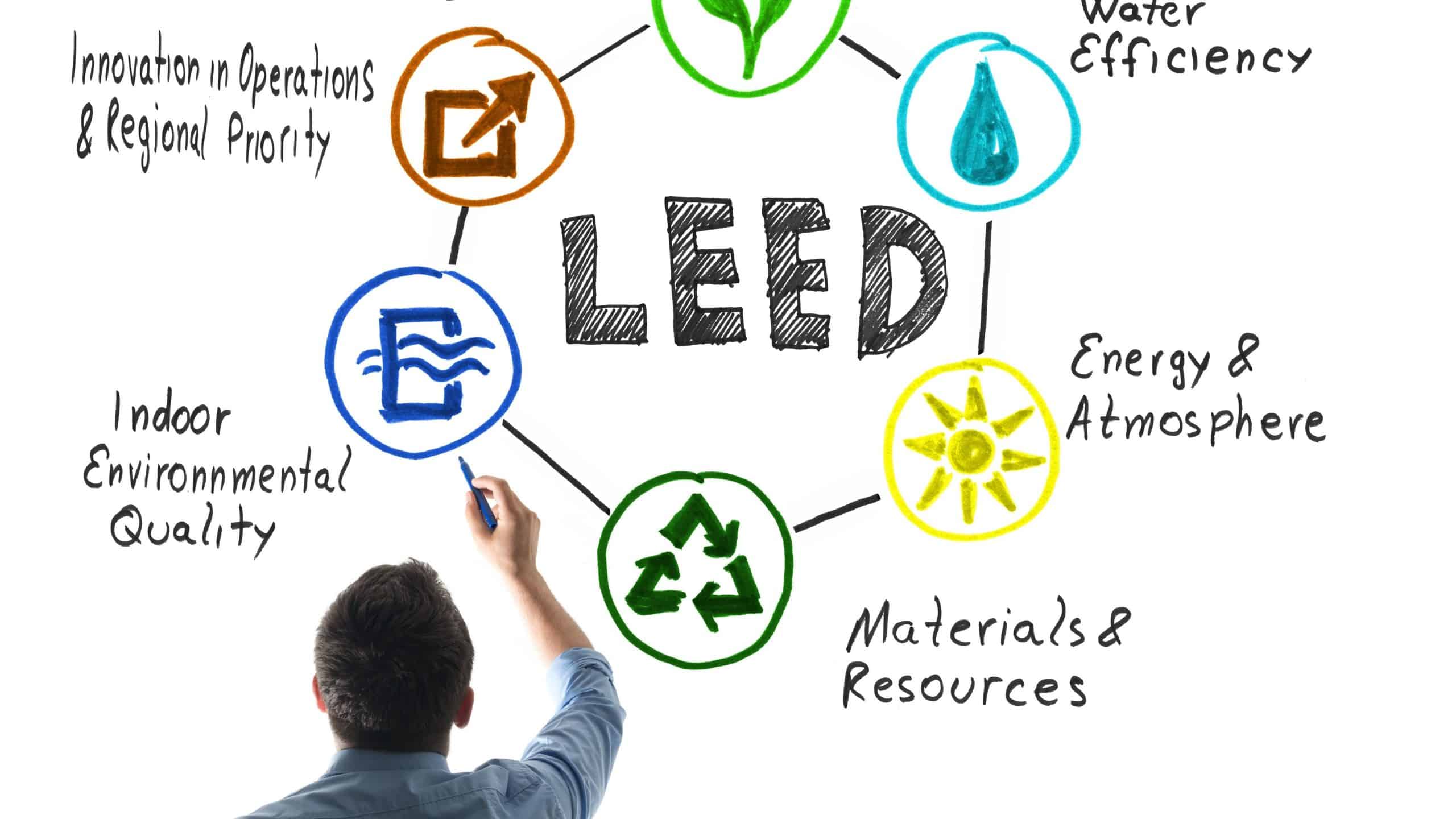
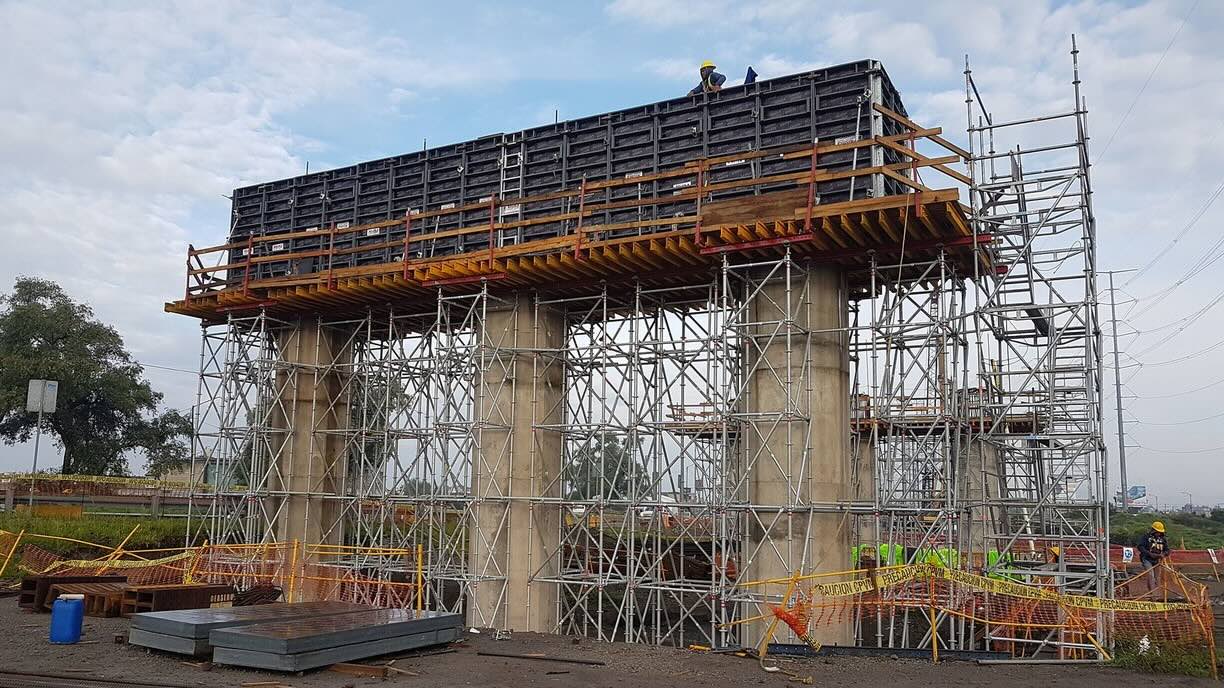
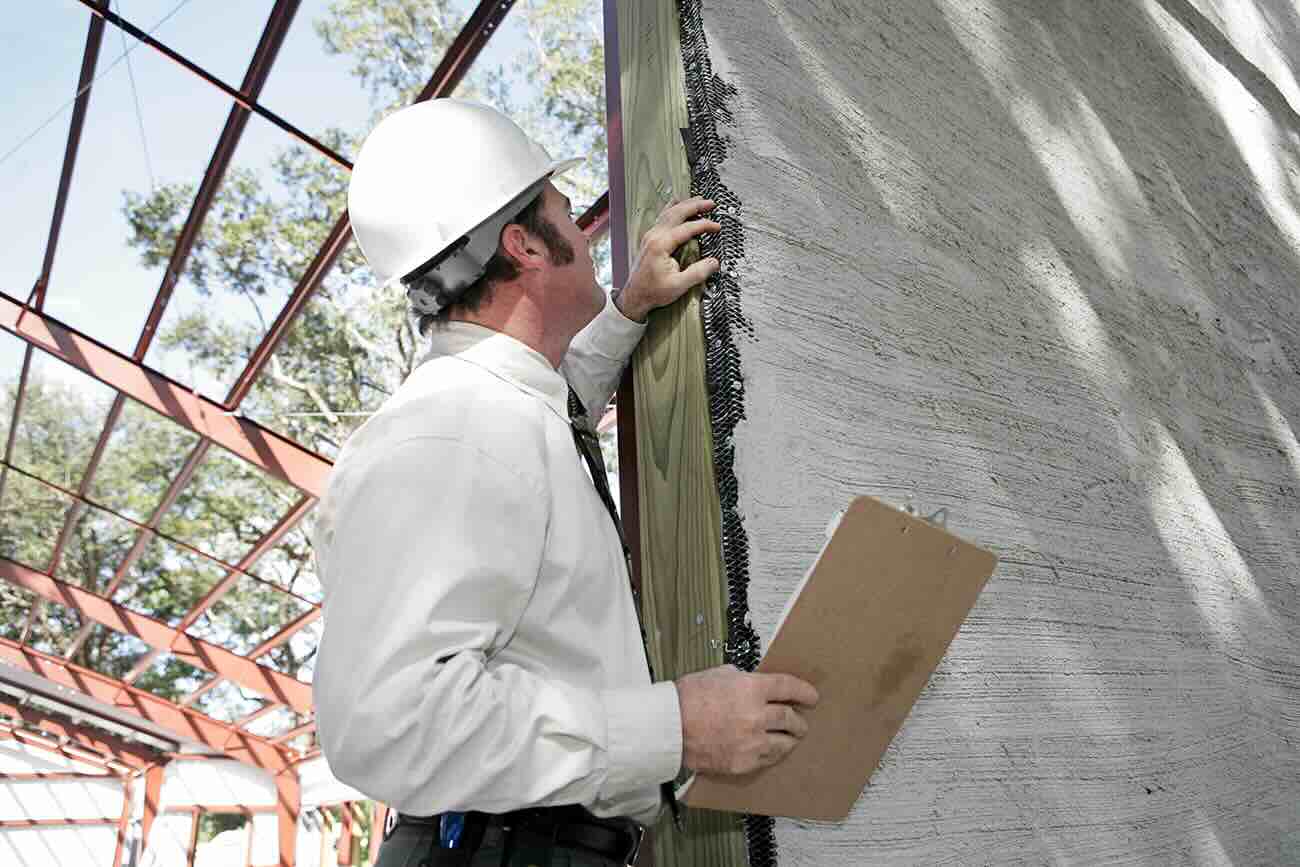


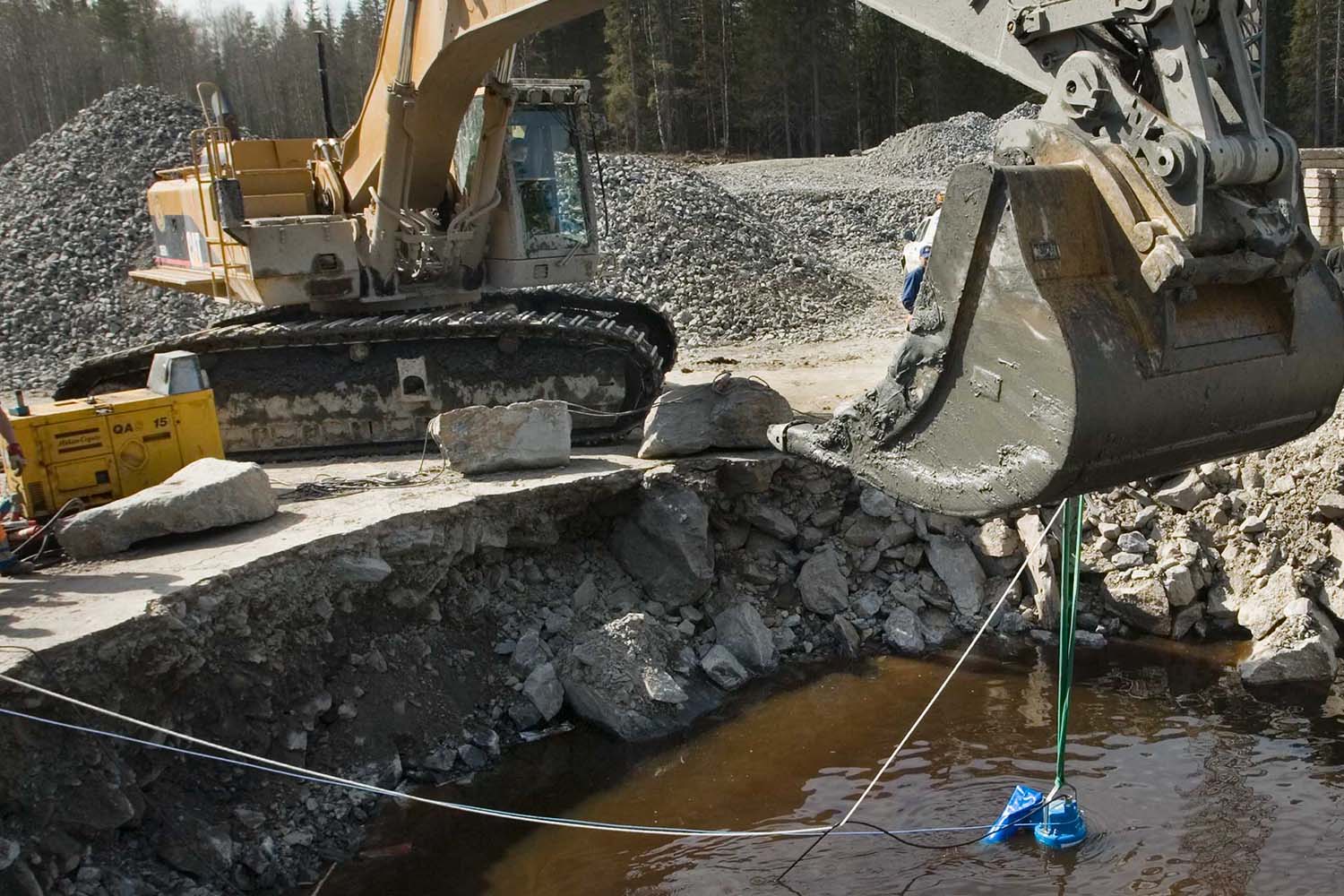


0 thoughts on “What Is A Construction Submittal”